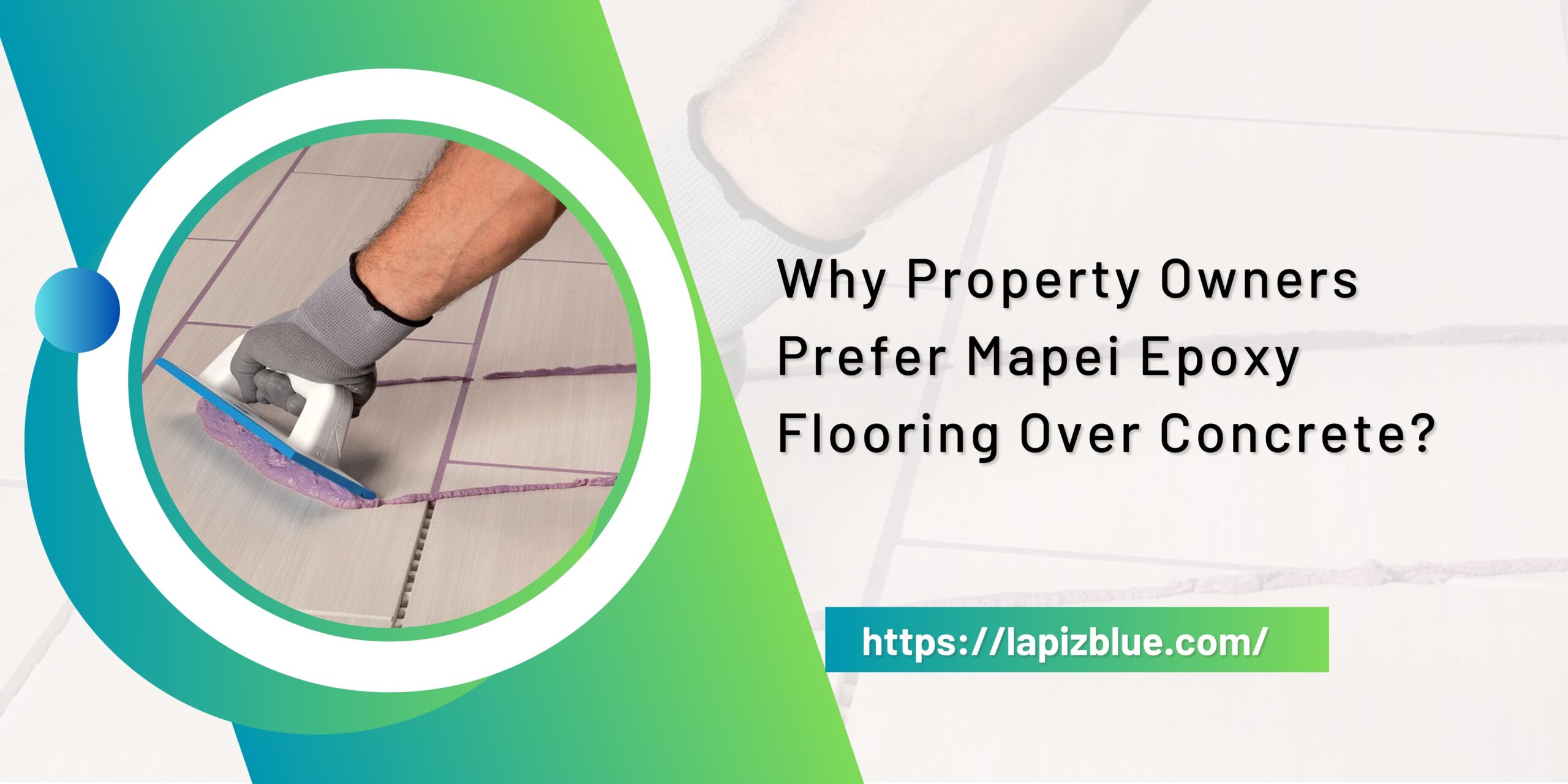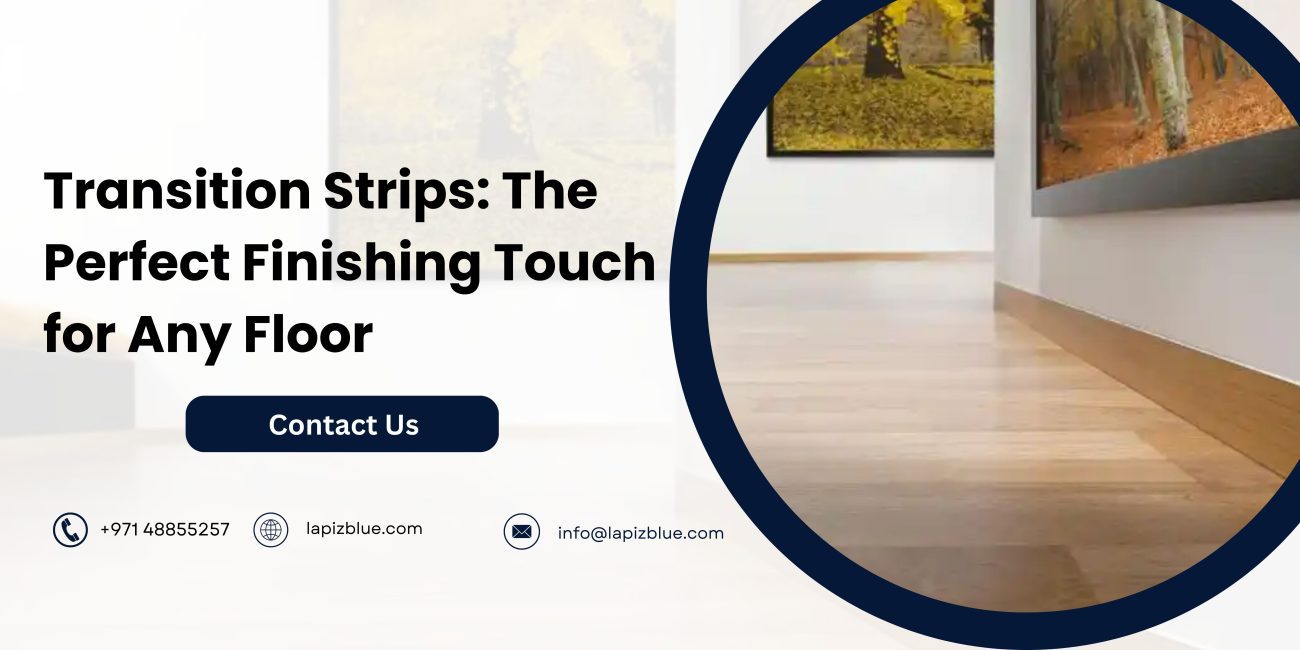Floor tile movement joints play a crucial role in the long-term durability and aesthetics of tiled surfaces. They accommodate the natural expansion and contraction of materials due to temperature fluctuations, structural shifts, and load stresses. Unfortunately, many older tile installations lack these vital components, resulting in unsightly cracks, loose tiles, or even complete failure of the flooring system. This guide explores retrofit solutions for adding movement joints to existing tile floors, helping you restore functionality and prevent further damage without a complete overhaul.
Why Are Floor Tile Movement Joints Necessary?
Retrofitting movement joints is often a necessary step when existing floors show signs of stress or damage caused by thermal expansion or mechanical forces. Common issues include:
-
Cracking Tiles or Grout: A clear indication that the flooring system cannot accommodate movement.
-
Loose or Buckling Tiles: When tiles pop out of place, it signals underlying stress that these joints could alleviate.
-
Frequent Repairs: Persistent problems with tile or grout often stem from structural deficiencies.
Adding these joints to an existing tile floor can significantly enhance its lifespan by managing the forces at play, thereby preserving both function and appearance.
Who Needs This?
-
Homeowners: Facing cracked tiles or grout due to thermal expansion or structural shifts.
-
Business Owners: Managing high-traffic areas where tiles frequently buckle or lift.
-
Contractors and Builders: Renovating older installations that lack proper movement joints.
-
Property Managers: Maintaining durable, stress-resistant flooring in commercial or residential properties.
If your tile floors show signs of damage or stress, adding movement joints is a cost-effective and long-lasting solution to preserve their integrity.
Key Challenges
Retrofitting floor tile movement joints into an already finished floor requires a tailored approach. Here are common challenges:
-
Structural Limitations: Existing floors may lack space for joints, necessitating careful planning and precision.
-
Aesthetic Concerns: Integrating movement joints without disrupting the visual continuity of the flooring can be difficult.
-
Material Compatibility: The materials used for new movement joints must match the performance of the original floor tiles and grout.
-
Avoiding Additional Damage: Retrofitting requires cutting into the tile floor, which could inadvertently weaken the surrounding areas if not done carefully.
These challenges can be mitigated through meticulous planning and the use of appropriate tools and techniques.
Steps to Retrofit Floor Tile Movement Joints
1. Assess the Existing Floor
Begin by thoroughly examining the tile floor to identify the root cause of issues. Look for:
-
Cracks in tiles or grout.
-
Areas where tiles are lifting or buckling.
-
Patterns of damage, such as those caused by temperature gradients or heavy loads.
2. Plan Joint Placement
Strategically place the joints to manage stress effectively. Common guidelines include:
-
For interior floors, spacing joints every 20-25 feet in each direction.
-
For exterior or large-format tile installations, spacing may need to be reduced to every 12-16 feet.
-
At structural discontinuities like doorways, columns, or where different flooring materials meet.
3. Select the Right Materials
Choose flexible materials for the joints, such as silicone or polyurethane sealants, which accommodate movement while maintaining a watertight seal. Prefabricated movement joint profiles made of metal or plastic can also provide durability and a clean finish.
4. Prepare the Tile Floor
To integrate the movement joints, carefully cut channels into the existing tile surface using a diamond-tipped blade or wet saw. Ensure precision to avoid damaging adjacent tiles. The channels should be wide and deep enough to house the joint material and allow for movement.
5. Install the Joints
-
Clean the Channels: Remove all dust and debris to ensure proper adhesion of the joint material.
-
Apply Primer (if required): Some sealants require a primer to improve adhesion.
-
Insert Backer Rod: Place a backer rod into the channel to control the depth of the sealant and create a bond break.
-
Fill with Sealant: Apply the flexible sealant evenly, ensuring it adheres to the edges of the channel. For prefabricated joints, fit them securely into the channel and seal the edges.
6. Allow for Curing
Follow the manufacturer’s guidelines for curing time. During this period, avoid placing heavy loads or exposing the floor to extreme temperature changes.
Benefits of Adding Movement Joints
-
Prevention of Further Damage: The joints mitigate stresses, reducing the likelihood of cracks or loose tiles.
-
Cost-Effective Solution: Retrofitting is often more affordable and less disruptive than replacing the entire floor.
-
Enhanced Durability: They extend the life span of your tile floor.
-
Improved Aesthetics: Thoughtfully integrated joints can preserve the visual appeal of your flooring while preventing unsightly damage.
Mistakes to Avoid
-
Skipping the Planning Phase: Failing to assess the floor’s condition or plan joint placement can result in ineffective solutions.
-
Using Incompatible Materials: Non-flexible sealants or poorly chosen joint profiles can worsen problems.
-
Ignoring Curing Time: Premature use of the floor can compromise the joint’s effectiveness.
Conclusion
Retrofitting floor tile movement joints is a practical and effective solution for addressing existing tile floor issues caused by stress and movement. By carefully planning, using appropriate materials, and following precise installation techniques, you can restore the integrity and appearance of your flooring without a complete replacement.
Whether for a residential space or a commercial facility, adding movement joints is a long-term investment in the durability and performance of tiled surfaces. Addressing this need now can save significant costs and headaches in the future.
Is your tile floor showing signs of stress? Contact LapizBlue for reliable materials and expert support to meet your retrofit needs and ensure lasting results.






